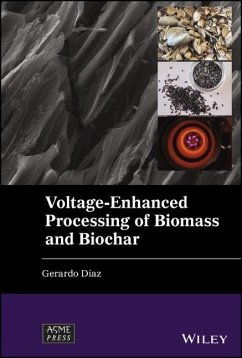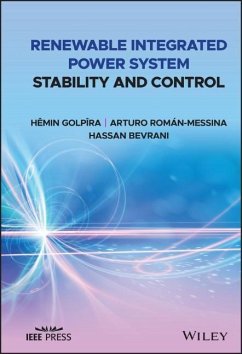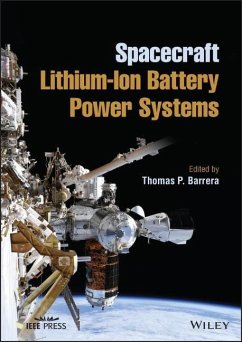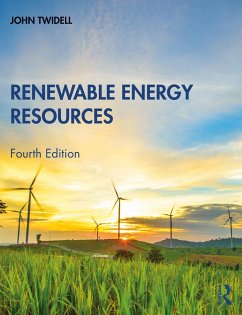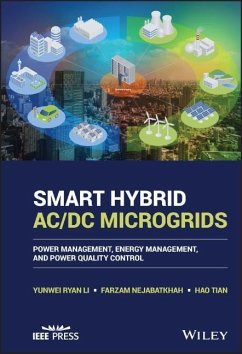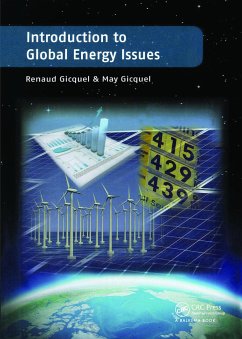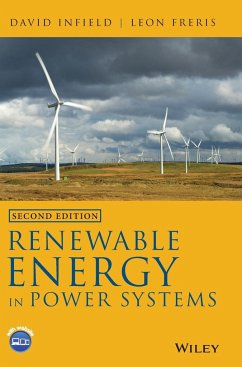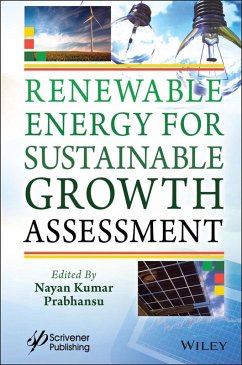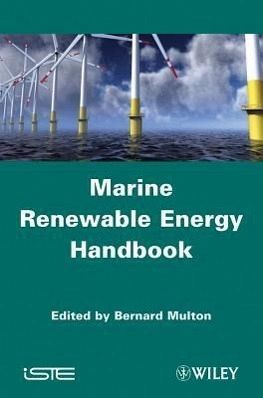
Marine Renewable Energy Handbook
Versandkostenfrei!
Versandfertig in 2-4 Wochen
328,99 €
inkl. MwSt.
Weitere Ausgaben:

PAYBACK Punkte
164 °P sammeln!
Marine renewable energy is a significant resource for generating electricity, and if some conversion technologies have already reached a certain level of maturity, others are emerging. The originality of this multidisciplinary book is to offer a broad spectrum of knowledge from academic and industry experts of various origins.




